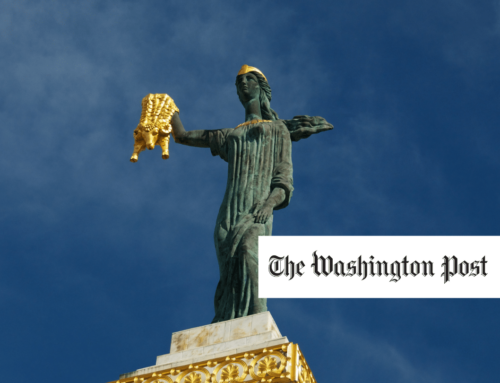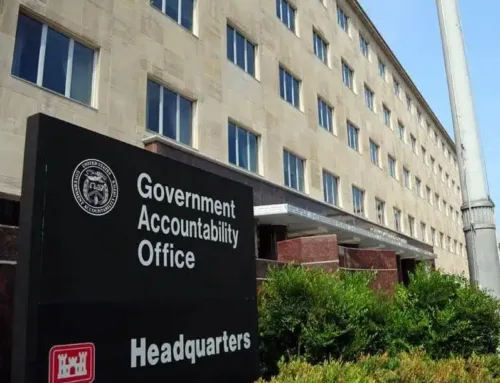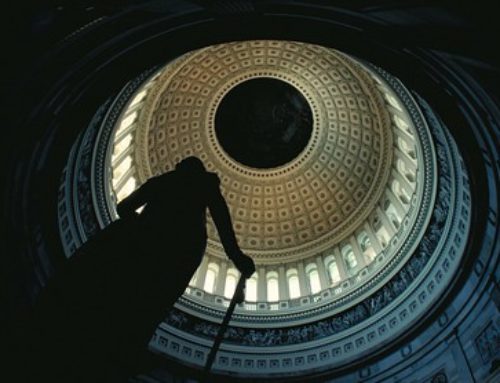As the dawn of the 113th Congress looms near, there have been some rumblings about ringing in the New Year with a return of those special interest baubles known as earmarks. Congress, don't go there. With our debt and deficit situation, the last thing we need is to be jamming through controversial legislation by greasing lawmakers’ palms with pet projects for constituents or campaign contributors.
We’ve made a lot of progress on ridding the world of earmarks.
After the number of earmarks quintupled to more than 15,000 between 1996 and 2005 and several scandals, Congress knew the public was fed up. So, once the Democrats took control in 2007, they instituted a series of reforms intended to make earmarks more transparent and accountable. For the first time, Congress actually disclosed their earmarks. While we as taxpayers still had to dig through legislation to find any hidden treasures buried by lawmakers, disclosure was a step in the right direction.
When Republicans took control of the House in 2011, they went a step further and adopted a moratorium on earmarks. The President echoed the same in his State of the Union that year, declaring, “If a bill comes to my desk with earmarks inside, I will veto it. I will veto it.” Senate Republicans also adopted a moratorium, which led Senate Democrats to decide they would not pursue earmarks in the 112th Congress.
There we were. Two years and no scrambling for earmarks.
Unfortunately, Congress and the President haven’t spent the last two years figuring out how to drive the final nail in the earmark coffin. What we still don’t have are competitive, merit, or formula-based spending systems with transparent criteria and metrics that would allocate precious taxpayer dollars to the most effective and needed programs and projects, not the ones with the most political muscle.
There were steps in the right direction. The House Energy & Water appropriations committee created a possible model in their FY13 appropriations for the Army Corps of Engineers and Bureau of Reclamation. They were, however, the exception rather than the rule.
So here we are at the same spot we were in 2010. Some folks are lamenting their inability to earmark. Others are trying to redefine earmarks by carving out special exceptions to the moratorium, like Rep. Don Young (R-AK) who was floating a proposal to change House Republican Conference rules to ban earmarks unless “the recipient of the earmark is a unit of local government.” So no earmarks except ones like the $200,000 for the city of Alexandria, Virginia’s Youth Building Green initiative or $250,000 for Harstelle, Alabama’s purchase of a Wireless Area Network. Thankfully, due to long-time earmark foe Speaker Boehner’s (R-OH) strong criticism, Young’s loophole proposal was pulled.
They say that those who forget the past are doomed to repeat it. We haven't forgotten the scandals surrounding super-lobbyist Jack Abramoff, or the FBI’s investigation of several lawmakers about pay-to-play surrounding earmarks that ended up with a lobby firm shuttered and one lobbyist going to jail, former Rep. Duke Cunningham trading his pinstripes for prison stripes, or the most infamous earmark of all—the Bridge to Nowhere (which incidentally was a project of Rep. Don Young). Neither should Congress and the public.
The nation is approaching a fiscal cliff and is $16 trillion in debt. Now is not the time to bring back the backroom business as usual Washington that represented the go-go years of waste and brought us the challenges we face. Now is the time to get our budgetary house in order. Earmarks have no place in a government that works for taxpayers.







Get Social